
You Don’t Have to Change to Change Everything
© Beth Kurland, PhD
Adapted from You Don’t Have to Change to Change Everything: Six Ways to Shift Your Vantage Point,
Stop Striving for Happy, and Find True Well-Being, by Beth Kurland, Ph.D. Reprinted with permission
from Health Communications, Inc.
From “hole self” to “Whole Self”: Finding Our Deep “Well” of Well-Being”
In my experience sitting with hundreds of patients over the years, and from my own many years of
therapy, I have come to see that we have what I call a “hole” self and a “Whole” Self. The hole self is
our small self; it is made up of the many parts of us that we identify with as who we are, especially
in times of challenge. This hole self often feels “not enough” and has a chronic sense of “something
wrong, something missing.” The hole self is caught in a narrow, limited view and cannot see a bigger
picture. It is our default, the place we revert back to when things get difficult, and when younger
parts of us that hold painful memories are triggered by current situations that remind us (often
unconsciously) of earlier experiences.
Small self operates from our survival brain, in the service of trying to protect us, often in ways that
don’t give us access to our fullest resources. This sense of not enough and something wrong may
have had some evolutionary value for our Stone Age ancestors, who needed to be on high alert and
for whom messing up could cost them their lives…
However, we all have a Whole Self that is here, that is always with us. When Whole Self is online and
present, there is more expansiveness, a sense of more space, and an ability to see a bigger picture.
From Whole Self we can take a mindful view of things instead of being lost in a myopic view. Whole
Self is a more embodied self, connected with mind, body, and heart—and connected with an inner
wisdom, an inner knowing, about what is best for our well-being. Whole Self operates from our caring circuits (our social engagement system), with our more newly evolved “operating system”
online so that we can access our fullest potential and all the possibilities available to us. When we
are stuck in hole self, there is suffering; when we shift to Whole Self, there is greater ease and wellbeing.”
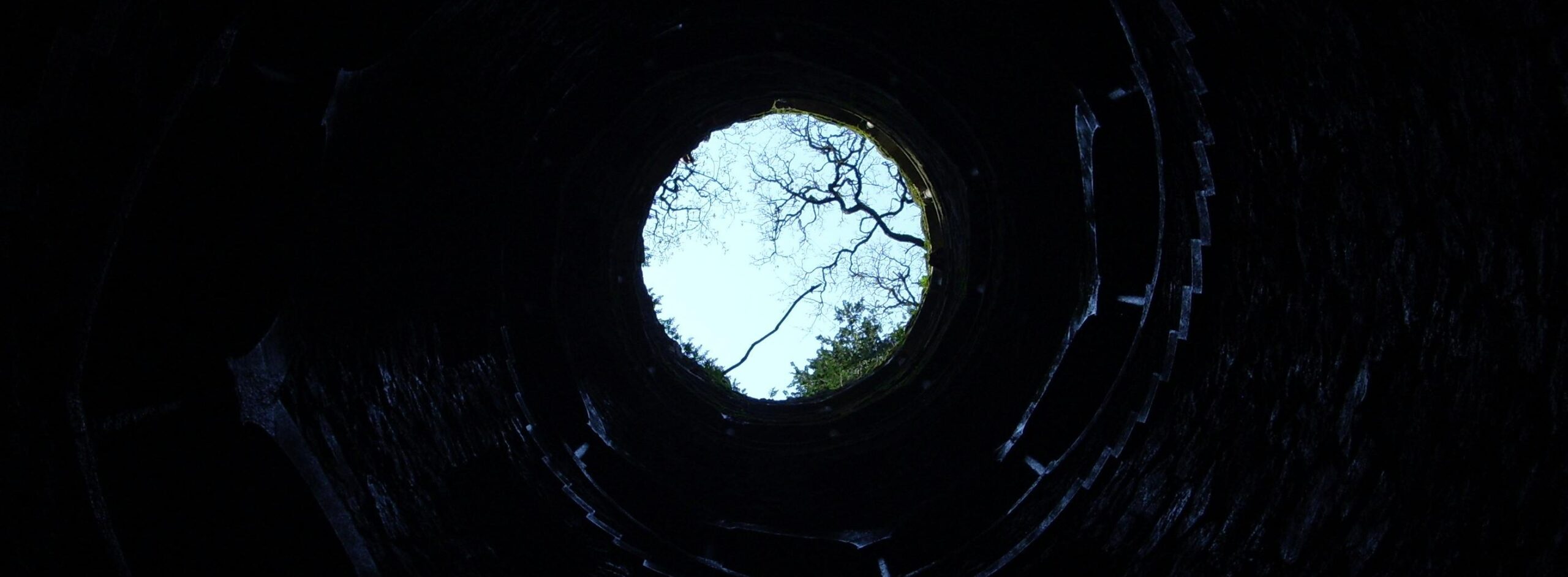
“Hole self” – How we end up in the hole
In my thirty years of clinical experience, and in my own personal journey, I see that so many of us
struggle with a deep sense of “not good enough.” I know I struggled with this for many years of my
life —about my body, about having a sense of needing to do more, be more, achieve more, or be
perfect — in order to feel loved, accepted and most importantly, “okay” within. Due to the negativity
bias of the brain, (or the “Velcro problem” as I affectionately like to call this after Rick Hanson’s
teaching that the brain is like Velcro for negative experiences and Teflon for positive ones), we start
off from the get-go with a propensity to see our own faults and overlook our strengths. How easy
it is to focus on that one mistake we made and completely overlook a week or a lifetime’s worth of
things we’ve done well. This sense of not enough is also reinforced by our cultural conditioning (at
least in the culture I grew up in, in the U.S., where I was bombarded with messages from the media,
advertising and the like that “I should be happy all the time like those people in the pictures.”) Enter
social media, which certainly feeds into this for many people, leaving them feeling that they are
falling short in some way if their life doesn’t look like the pictures that everyone else is posting.
In addition to certain societal messages that emphasize hedonic happiness and can leave us often
feeling like we are falling short, our own early childhood conditioning frequently furthers this
messaging. Even well-meaning parents often give children messages implicitly or explicitly to put
away their sadness, “cut it out and stop whining,” or “stop being angry and let’s see that smile.” The
message learned is that these more unpleasant emotions aren’t okay to feel.
Additionally, our biological wiring towards seeking what’s pleasant and avoiding what’s unpleasant/ painful doesn’t help matters either. While this was helpful for our Stone Age ancestors’ survival to
avoid external, physical threats, it doesn’t work so well with our inner psychological pains. When
stuck in the protective circuits of our sympathetic and dorsal vagal branches of our nervous system,
trying to keep us “safe” through adaptive fight, flight or freeze, we often don’t have access to other
inner resources that can better help us face our modern-day challenges. In our tendency to push
away and avoid our difficult emotions, without knowing how to meet our own suffering, we end up
disconnecting from ourselves along the way. And so, the hole deepens.
The consequence of this is that when difficult emotions show themselves, as they inevitably will
(the First Noble Truth in Buddhism – there is suffering), we often think there is something wrong or
missing. I am struck by how many clients I have sat with through the years in the midst of deep grief
or loss who say to me “I don’t know what’s wrong with me,” “I’m falling apart,” “I should be stronger,”
“I’m sorry I’m crying.” From a letter I found to my then boyfriend at the age of 15 after my mom died,
I wrote how I didn’t know what was wrong with me, I should be happier and I’m not. This struggling
against our own emotions deepens the hole. Sometimes we can feel stuck there for long periods of
time.
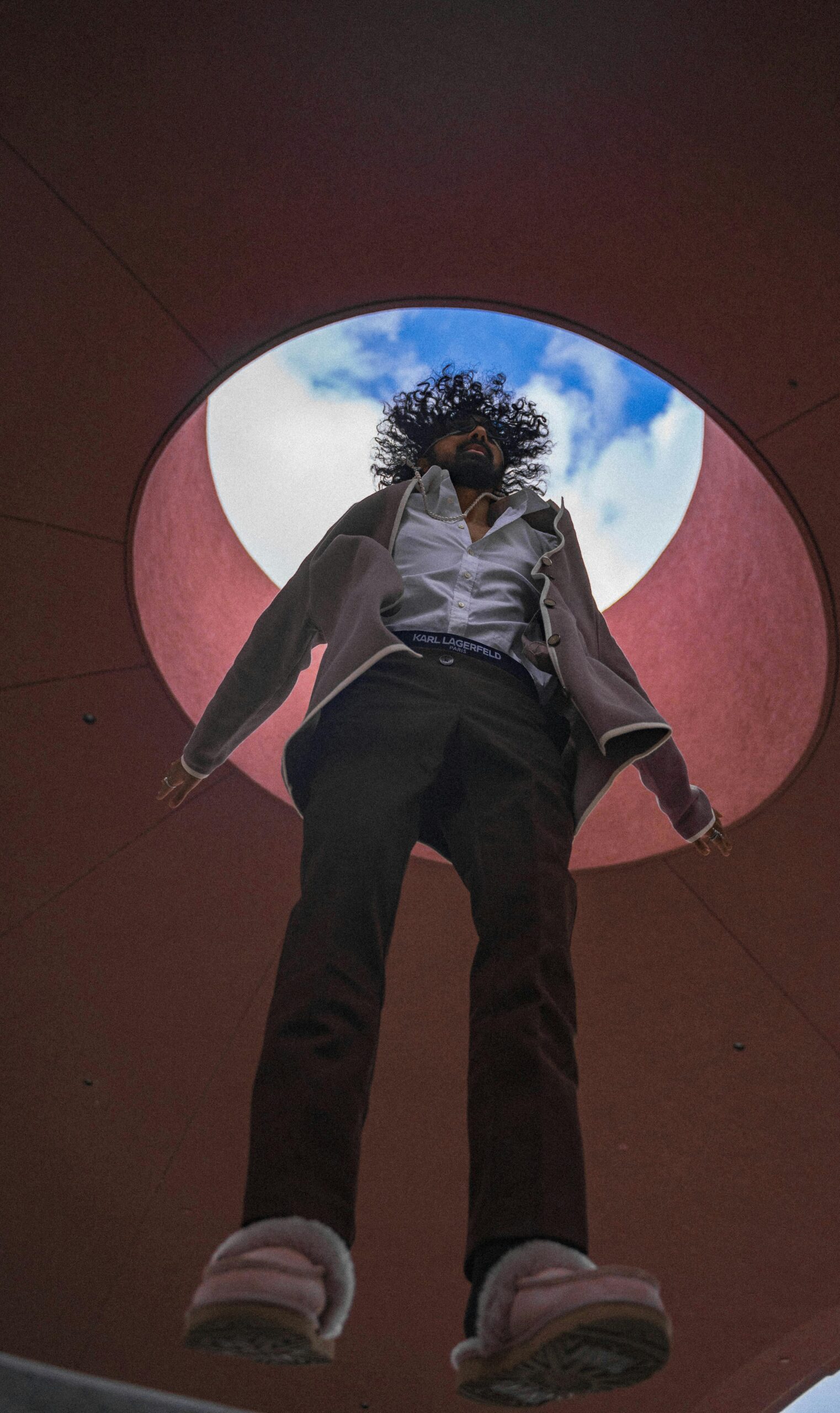
Making the shift from hole self to Whole Self
What I have found through my own personal healing journey, my
practice with mindfulness and mind-body modalities, and through
my work with my clients, is that we don’t have to try to fix or change
ourselves or our feelings (which often just reinforces the “hole”
self). Instead, we can meet ourselves right where we are but learn
to shift our vantage point, the place from which we are looking.
When we do this, we change the very nature of our relationship
to our difficult emotions, and possibilities open up that we hadn’t
seen before.
This shift from hole self to Whole Self begins when we can shift
from the protection circuits of our sympathetic (or dorsal vagal)
nervous system (that are adaptive and reflexive but, when stuck
there, may not be serving us optimally in our moments of difficulty)
and access our social engagement system, with its more newly
evolved ventral vagal pathways. From here, we have access to far
more inner resources to help us meet our psychological challenges.
(It makes sense that when we are running from a tiger, we have tunnel vision and react reflexively;
yet when we are not trying to fight, flee or play dead in the face of a tiger, we have access to care,
connection, perspective and seeing a bigger picture, compassion and self-compassion, creativity,
confidence, etc.).
In my clinical work and personal journey, I have found six shifts of vantage point to be immensely
helpful in moving from hole self to Whole Self:
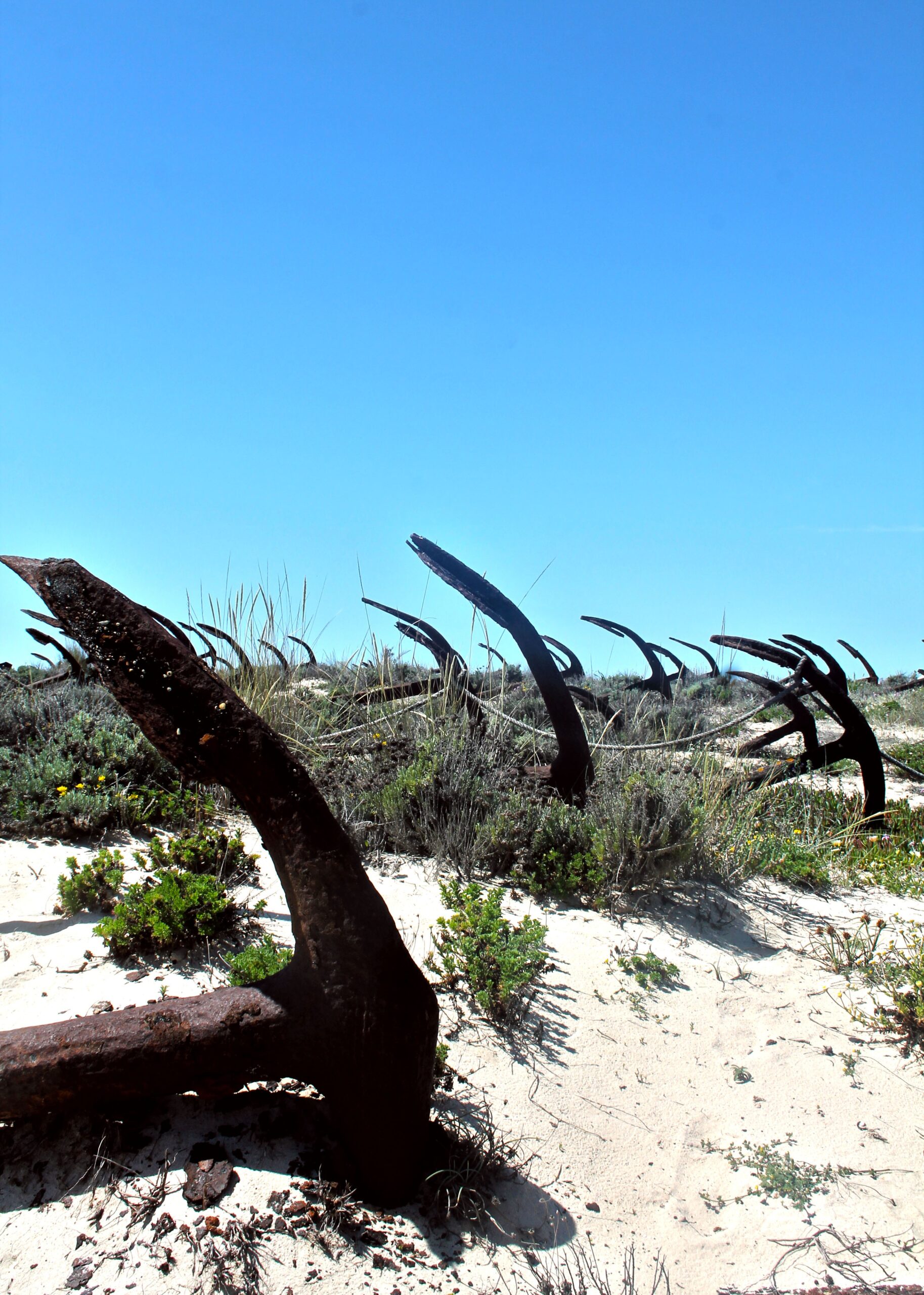
The Anchor View
Whole Self emerges first and foremost from a regulated
nervous system, grounded in enough cues of safety that
whatever “threats” might be there don’t keep us stuck
in a full-on fight-or-flight response. Imagine being in the
midst of a storm at sea. Surely without an anchor, we are
at the whim of the storm. But if we can grab an anchor
and look out from the vantage point of the anchor, we can
watch the storm and let it pass without it taking us with
it. And if we follow the anchor far enough down below
the surface, there is stillness, calm. As Deb Dana teaches,
the world looks much different from a nervous system
regulated with ventral vagal energy. From here we can
access qualities such as care, compassion, appreciation,
joy, love, courage, creativity, etc.
How? There are many ways we can access the anchor view. Some of my favorites include using
guided imagery, breathing exercises (particularly slowing down the exhalation), mindful movement
and calling up feelings of being cared for. As I have seen first-hand using biofeedback in my office,
even just a few minutes of interrupting our reflexive survival circuits can help to bring more regulatory
and balanced energy into the nervous system.
One client with whom I’ve been working was struggling with losing her patience with her toddler
and then beating herself up for this, feeding an unhelpful cycle of self-denigrations. We discovered
that her toddler’s emotional dysregulation triggered her own memories as a child of being in a
chaotic environment and were being read as cues of “threat” for her nervous system. We worked with a short practice that she did each day before getting out of bed, and again before coming in the
door from work, where she used breathing and imagery of a tree with deep roots to help her nervous
system feel safe and grounded. From here, she used mental rehearsal to play out typical scenarios
of how her toddler might behave, helping her nervous system stay grounded and re-learn that she
was actually safe in these moments. She found that in learning over time to take the anchor view,
she had access to very different inner resources that helped her remain present, more patient, and
in connection with her toddler.
The Child View
Once our nervous system is in a state of regulation, we can begin to turn toward our inner experiences
with curiosity and friendliness. This is not what we typically do when we come up against difficult
emotions, but it is a move we can cultivate. This is an important quality of mindful awareness. Like
a small child who has not yet learned otherwise to label and judge, who is fascinated by the crinkly
paper or approaches the cardboard box or spoon and pot with great interest, we can learn to adopt
some of these child-like qualities to bring toward our inner experiences.
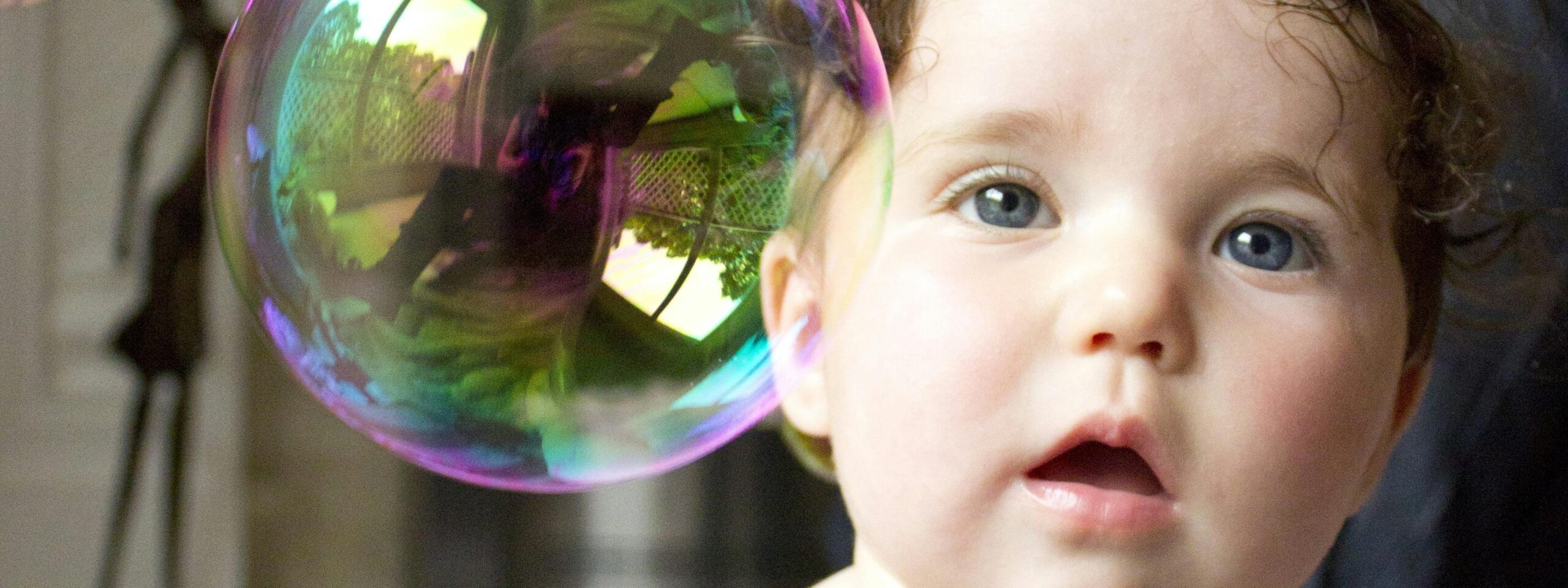
How? One of the practices I like to use is to “Stop, Drop and Get Curious.” It involves having the
initial awareness to stop when we notice an inner disturbance, to drop into the body bringing full
awareness there, and to get very curious about what it feels like in there. The other day I was feeling
harried, trying to get a lot done, rushing around doing errands, and eager to get home to complete
a project. I got stuck behind a very slow driver (you know the one) who was crawling at a snail’s
pace for miles. I immediately became irritable, frustrated and tense. I remembered (as I sometimes
do) to stop, drop and get curious. After a few calming breaths to interrupt my habitual reactivity, I
noticed constriction in my chest and tightness gripping around the steering wheel. I noticed shallow,
restricted breathing, intense, uncomfortable energy in my body and not so kind thoughts in my
mind. “Oh, this is what frustration feels like. How interesting, my body is preparing to fight or flee, but there’s no tiger chasing me here.” From this place of curiosity, my Whole self could come online
and help me loosen my grip (literally and metaphorically), recognize my response was not helping
me feel “safer,” and guide me toward deeper breaths, a more helpful perspective, and a state of wellbeing.

The Audience View
Like the third step in a dance, the audience view
helps us to take a mindful step back from whatever is
going on. Rather than being the actor on stage, being
swallowed up in the drama of the moment, when
we can relocate ourselves in the audience there is
more space between us and our difficult emotions
and reactions. This is the gift of mindful awareness.
Importantly, it is not a dispassionate view. I like
to think of it as having the quality of sitting in the
audience watching a child or niece or nephew on
stage. You would likely feel care and warmth toward
them, yet recognize you are not them, not identified
or fused with their emotions on stage. When we
can take this kind of audience view with our own
inner experiences, it shifts our relationship to these
experiences and creates that critical mindful pause
in which change and choice can emerge.
How? One simple exercise that I have found to be very powerful with clients and audiences alike is
to work with the phrase “I notice that…” Instead of using our typical language (at least in the English
language) to characterize our inner experiences — “I’m so angry; I’m so anxious; I’m so stupid” — we
add the phrase “I notice that…” beforehand. When I say “I’m so angry” I feel very identified with
the part of me feeling anger. When I say “I’m so stupid” it feels like this is absolute truth and there’s
nowhere to go from there. When I can shift to saying, “I notice that I’m feeling a lot of anger in my
body right now” or “I notice that I’m having the thought that I’m so stupid,” it immediately shifts me
into the audience view. I am no longer caught in small self on stage, but I am Whole Self who sees
from the audience that I am struggling. I sense more space between me and my emotions, and it
feels as if I have taken a half step back. A further way we can work with this is to look through the lens of the autonomic nervous system and name what we see: “I notice that my nervous system is
going into a state of protection, of fight (angry) energy”; “I notice that my nervous system is trying
to protect me after the mistake I made by reacting to my embarrassment and going into shut down
mode.”
The Compassionate Parent View
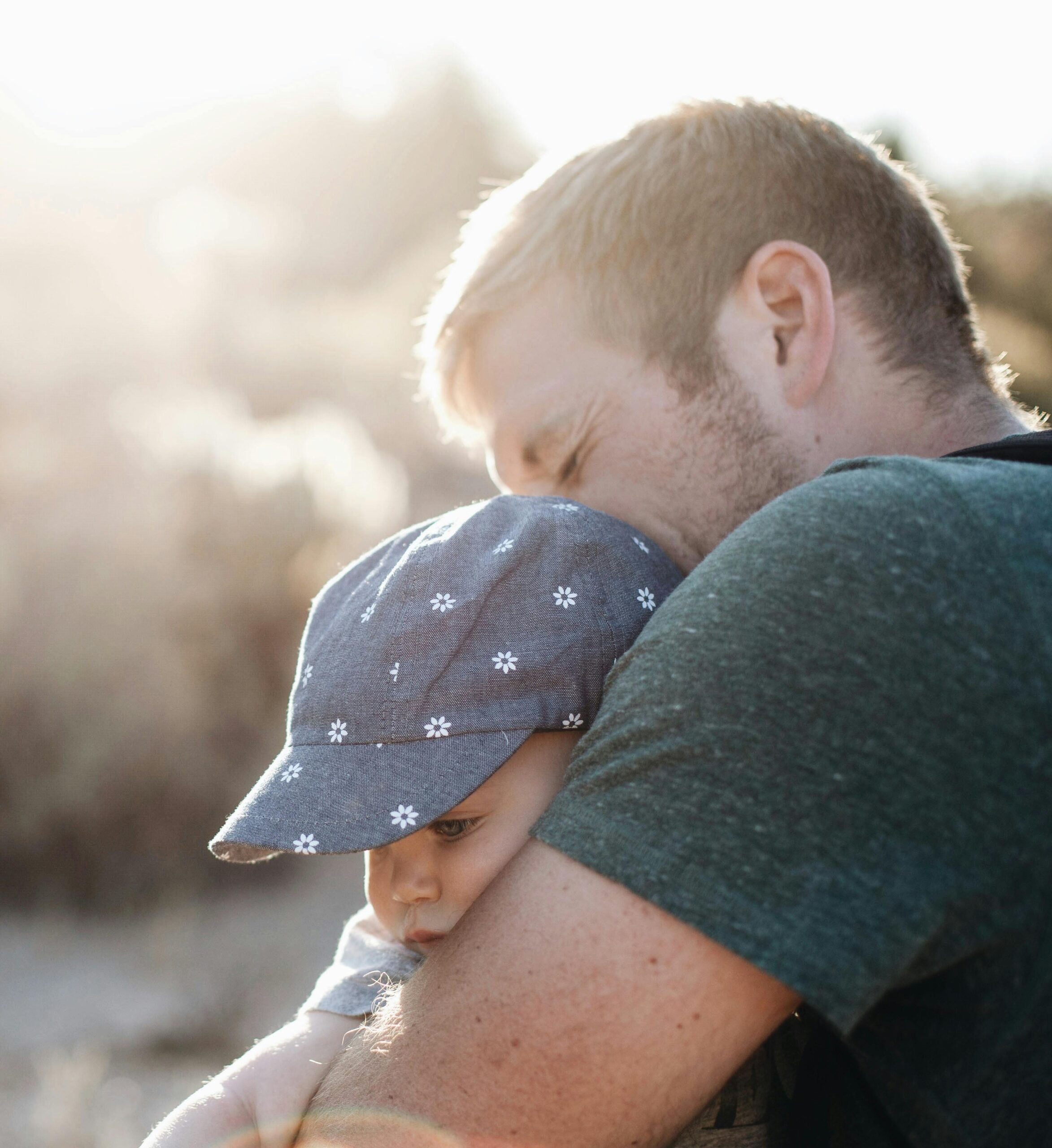
Once we learn to regulate our nervous system, turn
with some curiosity and friendliness toward our inner
experiences, and get some helpful distance between us
and the physical, mental and emotional activity or our
body-mind, we are ready for the next shift in vantage
point: the compassionate parent view. Imagine a small
child in distress and a parent having three different
reactions to that child in distress: 1 – ignoring the
child completely; 2 – yelling at the child to cut it out
and stop fussing; 3 – putting an arm around the child,
acknowledging their upset, seeing their pain, and offering
a comforting presence without needing to fix it or talk
the child out of their feelings. We often meet our own
suffering with the first and second reactions. Few of
us have learned to meet and greet our distress as the
compassionate parent in the third example.
The ability to do this is fundamental to many self-compassion practices and programs and touches
upon the power of Internal Family Systems work. In my experience, learning how to meet our inner
distress as the compassionate parent (or friend/mentor or whatever image is helpful) from the
Whole Self that can be present with our pain (while not being swallowed up in it or ignoring it) can
be transformational in our healing journeys.
How? I had a client I’ve been working with for some time, who was familiar with working with the
above three vantage points. She experienced the breakup of a relationship and was consumed by
this, preoccupied and stuck in ruminations about how she was unlovable and defective. Lacking
compassionate parents in her own childhood it was especially hard for her to internalize a sense
of compassion toward herself. But she was a devoted and loving aunt to several teenage nieces,
and often supported them in the midst of their heartbreaks and struggles. Using this experience of compassion that was already familiar to her, we helped her call this up and embody this felt sense
of compassion toward another. As the compassionate aunt, she could see that her own nieces’
heartbreaks and losses were not caused by their deficiencies, but by the human condition of which
loss is a part. From here, as the embodied Aunt, she could begin to turn toward her own sadness
and loss, inviting it into the room, imagining it sitting across from her and being present to it, not
from the “self” consumed in loss and self-loathing, but from the Self spacious enough to hold the
suffering of another.
The Mirror View
While hole self sees our flaws and imperfections and feels there is something wrong with us, Whole
Self sees our flaws and imperfections as well as our strengths and is able to live a meaningful life
drawing upon these strengths and choosing actions aligned with our deepest values. During my
internship after graduate school, I had the privilege of working with Dr. Robert Brooks, a skilled
clinician and expert on resilience. He taught me that instead of focusing on psychopathology and
what’s wrong, we can focus on identifying people’s “islands of competence” and working from
strength. I think of this as holding a mirror up for my clients and helping them see what is already
working, helping them see the courageous, resilient parts of them, and helping them identify the
inner resources that are already here. Rick Hanson’s teachings in positive neuroplasticity have also
been immensely helpful for me. I have found that change comes about most profoundly not by
finding what’s wrong and fixing it, but by finding what’s right and strengthening it. From this mirror
view, when we can work from strength, we are much more able to take actions and make choices
that align with our values and what’s important to us. Also, when we can accept our imperfections
and see our strengths, we send greater cues of safety to our nervous system to help us move toward
what matters (as opposed to self-criticism which tends to get in the way of moving forward).
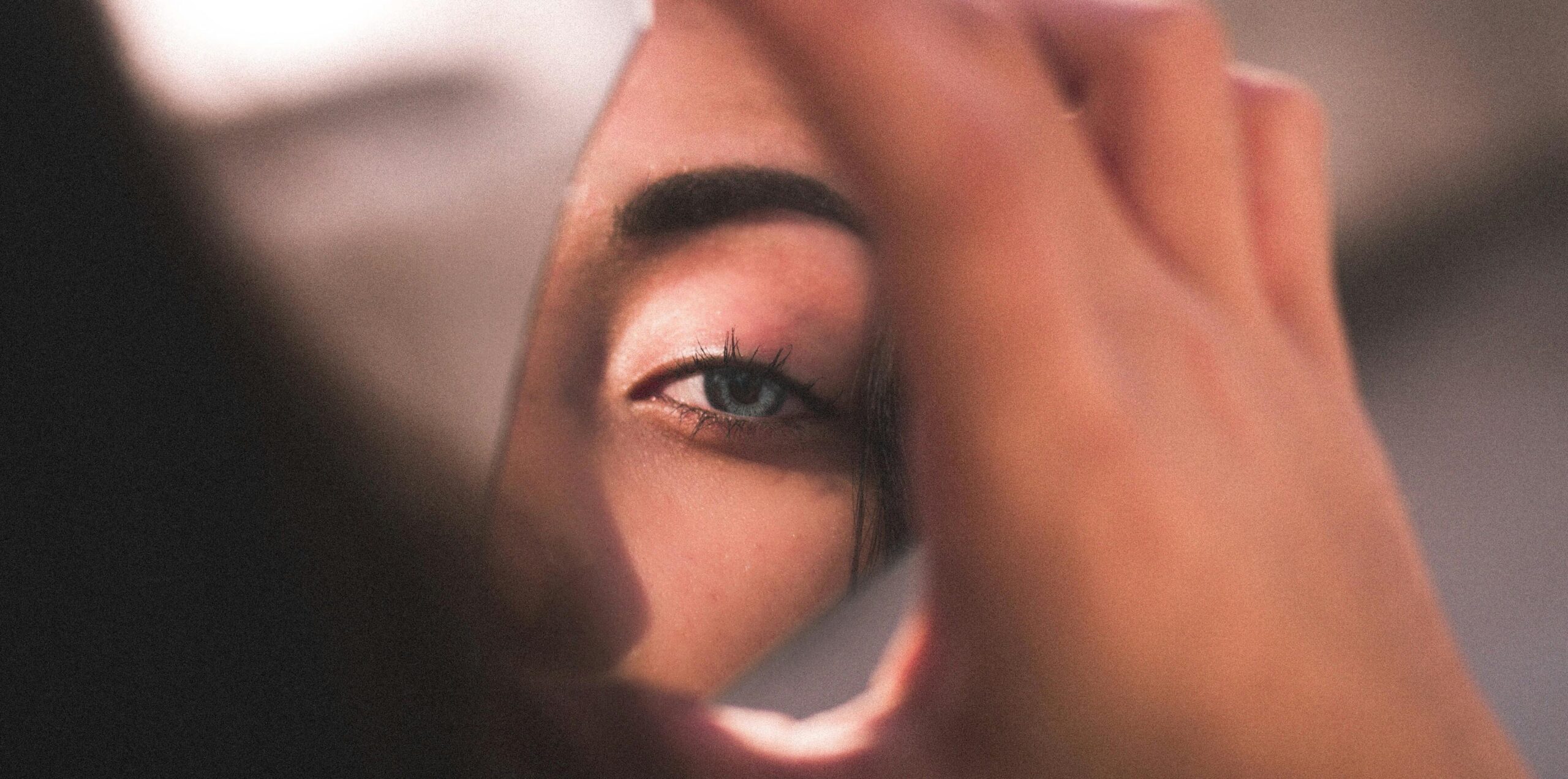
How? Try this over the course of the following week. Take a few minutes each day to make note
of and write down anything you do that moves you in the direction of well-being. Look for small
things that you might otherwise overlook or discount, for example: turned off the TV and went to
bed early; savored a cup of tea before work; stopped to say hi to my neighbor and check in on her;
called a friend on the way to work and enjoyed the connection; went for a walk at lunch to get some
movement; caught myself in a moment of irritation and took a moment to calm. Make note of any
positive outcomes of doing this (had more energy the next day, started my day with more ease, felt
a sense of connection, felt an ability to care for myself, etc.). When you can look in the mirror and
see what moves you in the direction of well-being (no matter how small), how does that effect your
mood, motivation, and momentum to take further actions in the direction of well-being? What inner
qualities (e.g. patience, perseverance, acceptance, compassion, care, awareness, perspective) are
you calling upon to take the small steps you did, and how might you dial into and call up those inner
qualities when you run into day-to-day challenges?
The Ocean View
As much as the previous five vantage points help us work toward a sense of inner wholeness and
connection with our Self, there is also a wholeness we experience when we connect with and feel a
oneness and interconnection with the greater world outside of us. There are many ways one might
experience this interconnection: being part of a larger family unit, part of a community of some kind,
sensing a connection with the natural world, the global world, the spiritual world, or the universal
consciousness.

When we are caught in the challenges of life it is easy to feel as if we are alone, isolated, disconnected.
This sense of separateness is magnified by the nature of our mind and the duality in which we
experience ourselves in the world. When we open even beyond our Whole Self to include a sense of
the Whole that is all around us and of which we are a part, a further shift in consciousness is available.
From here we can experience expansiveness, interconnectedness, deep peace, equanimity, and awe.
When we can expand our “audience view” from above and ask “who or what is aware of the one
sitting in the audience?” we begin to tap into the nature of non-dual awareness. From here we
can ask “How am I aware of the one who is sitting in the audience? Where does this knowing
come from?” These inquiries allow us to get a glimpse of awareness of awareness itself, leading to
profound shifts in what it means to be a Self in this interconnected world. We begin to experience
a sense of no longer being the isolated wave, but instead recognizing the possibility that we are, in
fact, the ocean itself that holds our wave-like experience within something far more expansive. We
can glimpse the world through the ocean view.
How? For the first part of my life, I lived life with a roadmap approach. I focused on getting from
point A to point B in a straight line, a linear and separate path. As I have gotten older, I am realizing
that this road-map approach to life doesn’t quite fit me anymore. I think of life now a bit more like
a labyrinth, a winding circular path always leading back to the center, with a kind of oneness and
connection with the center wherever you are on the path.
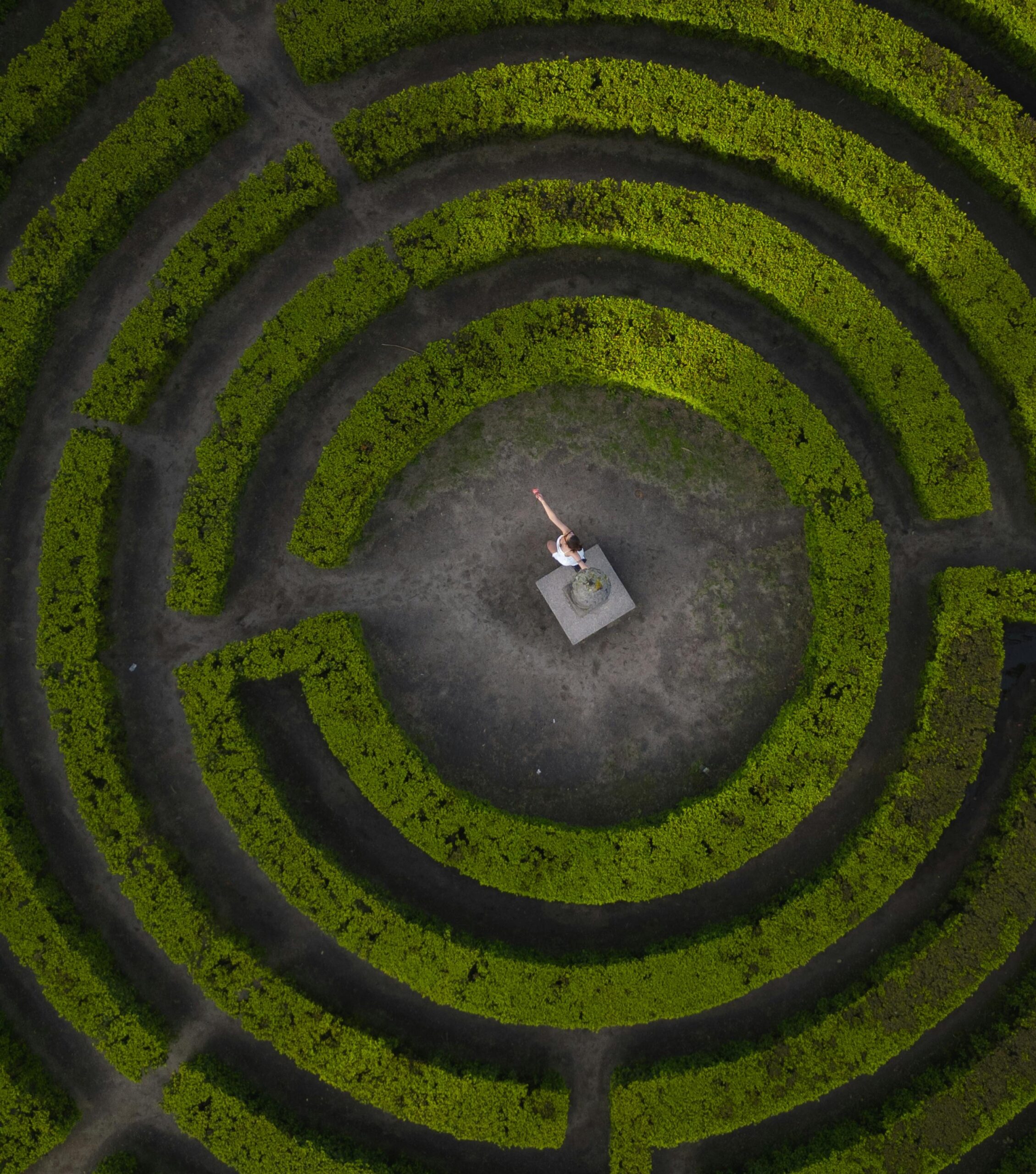
You might take some time to draw a labyrinth (or if
you are interested, see if you might find one that you
can visit and walk). What for you represents the center
of your labyrinth? What is it that you would like to
remind yourself of, whenever you feel lost, that you
might “come home” to? (This could be a deep sense
of stillness and calm at the core of your being; a sense
of connection with nature or spiritual transcendence;
a sense of belonging to your community; a deep
connection with your loved ones; a connection with
God, spirit or the aliveness around you). Use words,
pictures, symbols, or images to represent your center
of this labyrinth. Whenever you feel that you are
metaphorically losing your way, picture walking your
labyrinth knowing that no matter which direction you
walk you will find your way to center.
When we shift our vantage point, we shift from hole self to Whole Self. From this place of wholeness,
from a nervous system grounded and regulated in safety, from an ability to be a mindful witness and
a compassionate presence toward the hurting parts of us, from a place of being able to accept our
imperfections and humanness and see our strengths, and from a sense of Self interconnected with a
greater Whole around us, we have access to a treasure trove of inner resources to help us cultivate
well-being. From here, all manner of possibilities arise. This is where true change lives.
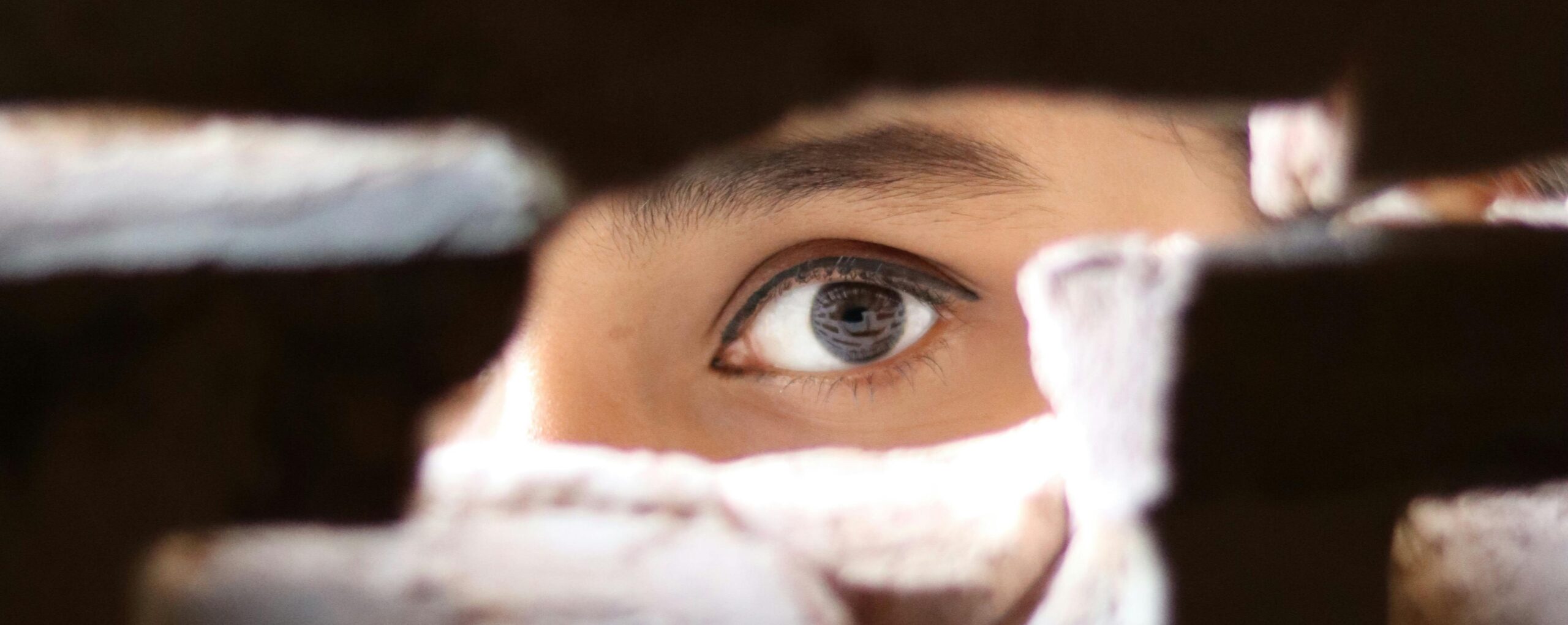
ABOUT THE AUTHOR
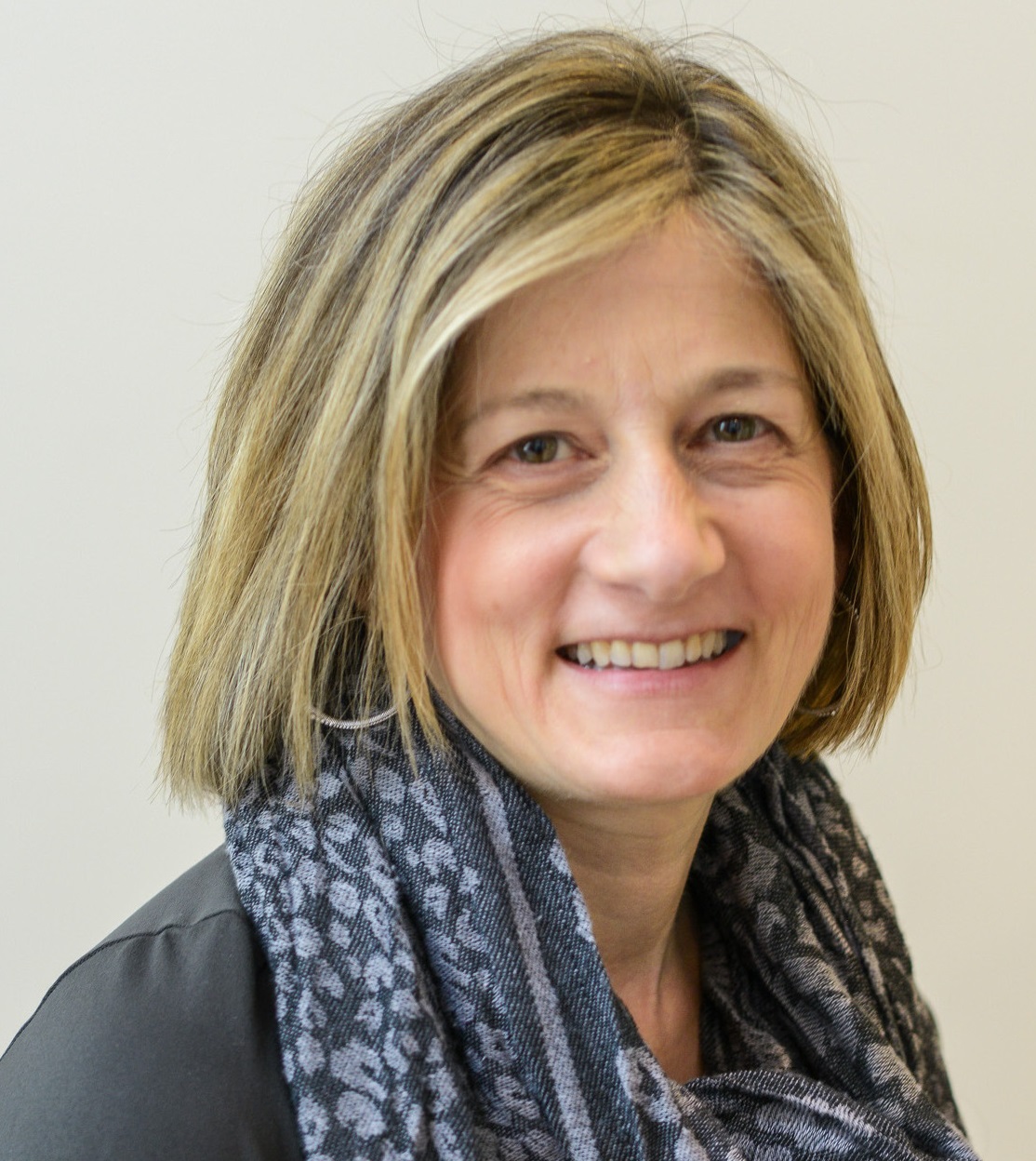 Beth Kurland, PhD, is a clinical psychologist, Tedx and public
Beth Kurland, PhD, is a clinical psychologist, Tedx and public
speaker, mind-body coach, and author of four books. Her newest
book is You Don’t Have to Change to Change Everything: Six Ways
to Shift Your Vantage Point, Stop Striving for Happy, and Find True
Well-Being. She is also the author of three award-winning books:
Dancing on the Tightrope: Transcending the Habits of Your Mind
and Awakening to Your Fullest Life; The Transformative Power of Ten
Minutes. An Eight-Week Guide to Reducing Stress and Cultivating
Well-Being; and Gifts of the Rain Puddle: Poems, Meditations and Reflections for the Mindful Soul.
With a passion for and expertise in mindfulness and mind-body strategies, she brings over three
decades of experience to help people cultivate whole-person health and wellness. Drawing on
research and practices from mindfulness, neuroscience, positive psychology, cognitive-behavioral
therapy, and polyvagal theory, she teaches people practical tools to grow the inner resources for
resilience and well-being. On her website, BethKurland.com, you can find audio courses, meditations,
and free resources.
Posted by mkeane on Wednesday, May 1st, 2024 @ 12:39AM
Categories:
